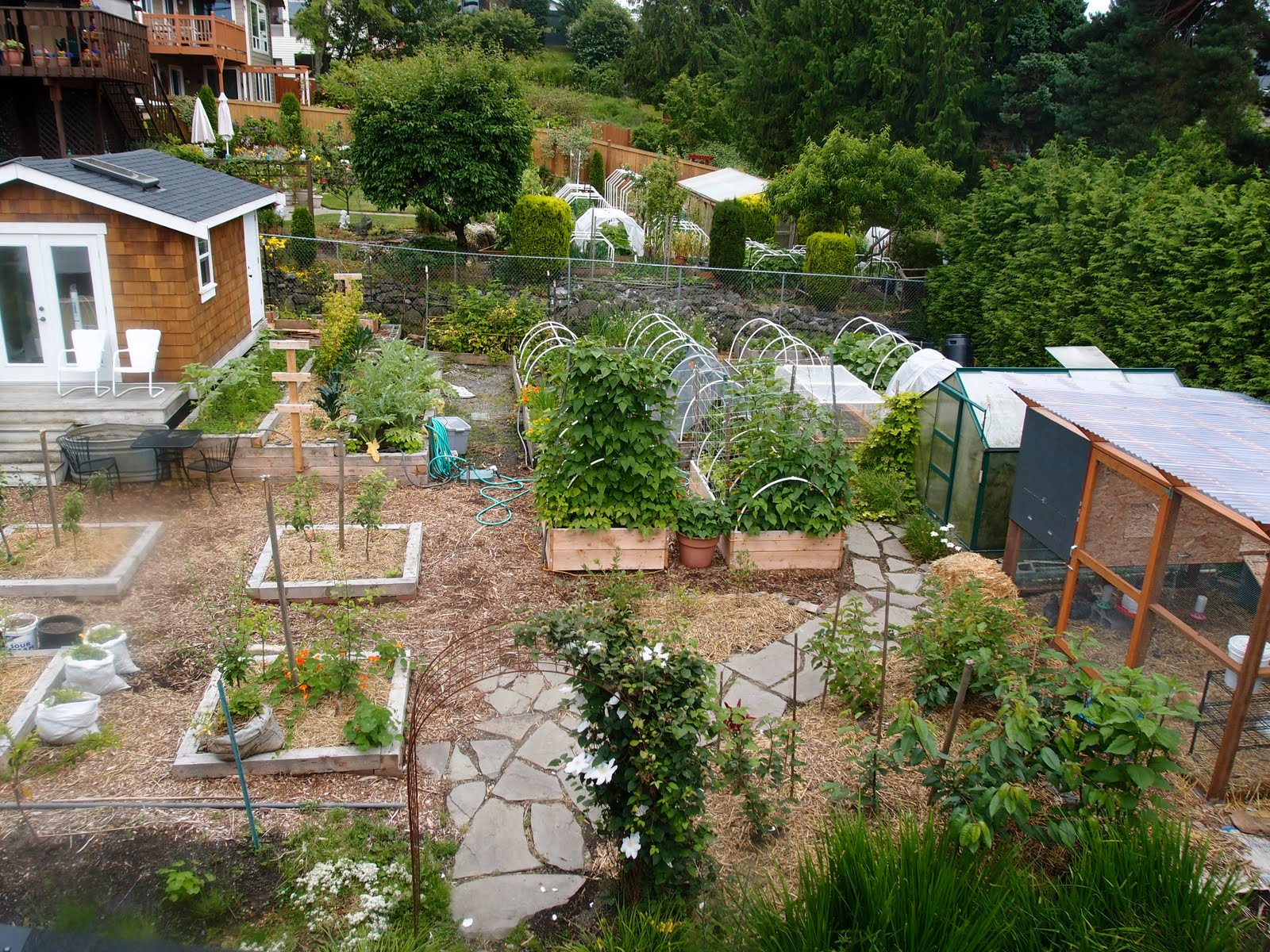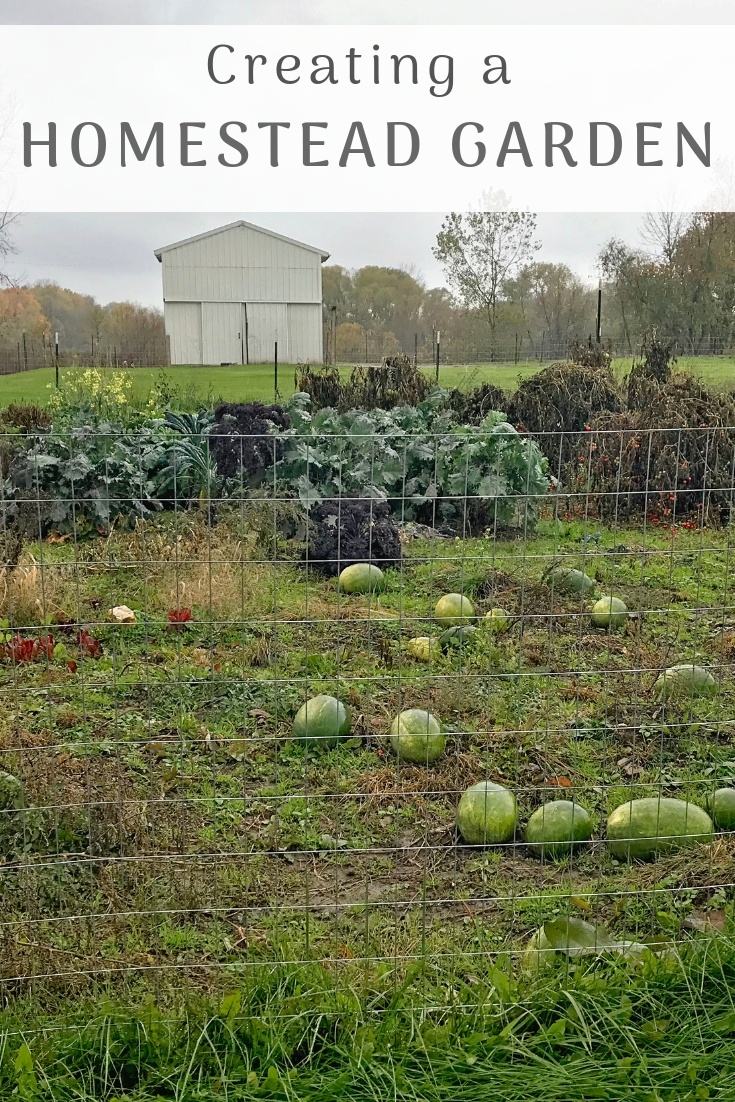Step-by-Step Guide to Homestead Gardening Effort
Step-by-Step Guide to Homestead Gardening Effort
Blog Article
Learn Just How to Grow a Thriving Gardening Setting for All Skill Degrees
Producing a growing garden is a complex endeavor that can be accepted by people at any kind of skill level. By examining crucial elements such as soil health and wellness, ideal plant selection, and seasonal care routines, one can establish a lasting gardening method that generates rewarding results. Understanding how to evaluate and enhance your garden area lays the foundation for success. Yet, the ins and outs of carrying out these concepts usually existing difficulties that can prevent even the most enthusiastic amateur. What strategies can be used to get rid of these challenges and cultivate a really flourishing atmosphere?
Comprehending Your Garden Area
In the world of horticulture, recognizing your garden room is paramount to cultivating a flourishing landscape (Homestead Gardening). The initial step in this endeavor entails assessing the details characteristics of your story. Factors such as soil composition, sunshine exposure, and water drainage play crucial roles in figuring out the viability of your garden for different types of plants
Begin by conducting a soil test to analyze pH degrees and nutrition material, which will certainly inform any necessary changes. In addition, observe just how much sunlight your space obtains throughout the day. Various plants have differing light requirements; some prosper completely sun, while others favor partial or complete color.

Finally, evaluate the offered room and strategy accordingly. This consists of considering plant elevations and spread to ensure adequate area for development without congestion. By getting a comprehensive understanding of your yard room, you set the foundation for a successful horticulture experience.
Selecting the Right Plant Kingdoms
Picking the right plants for your garden calls for mindful factor to consider of numerous factors, including environment, soil conditions, and personal preferences. Start by evaluating your neighborhood climate, as specific plants grow in specific temperature level varieties and climate patterns. As an example, tropical plants might not make it through in cooler areas, while hardy perennials can withstand extreme wintertimes.

Consider your individual preferences, consisting of visual allure and maintenance degrees. Decide whether you favor vivid blossoms, lush vegetation, or edible plants. In addition, consider the time and initiative you are eager to buy plant treatment, as some varieties demand even more focus than others.
Finally, think about the yard's layout and light direct exposure. Sunshine patterns throughout the day will affect your selections-- some plants call for complete sun, while others grow in color. By attentively assessing these elements, you can produce a effective and unified garden tailored to your environment and tastes.
Important Horticulture Devices
A well-appointed gardener can significantly improve their gardening experience and outcomes. Important horticulture tools are essential to growing an effective garden, despite ability level. Initially, a sturdy spade is vital for excavating and transforming soil, while a trowel enables accurate planting and transplanting of smaller sized plants.
Trimming shears are vital for preserving plant wellness by eliminating dead or thick branches, promoting far better air circulation and development. Additionally, a hand rake works for getting rid of particles and freshening the soil, making sure optimal conditions for plant origins.
Gardening gloves safeguard hands from blisters, chemicals, and thorns, making them an important accessory. A watering can or hose pipe with an adjustable nozzle makes sure that plants receive appropriate moisture without overwatering.
Lastly, think about investing in a tough wheelbarrow for carrying dirt, plants, and tools around the garden successfully. By setting up a top quality toolkit that includes these crucial items, garden enthusiasts can take more tips here on numerous tasks with confidence and convenience, leading the way for a flourishing horticulture environment. Remember, the right tools not only boost performance but additionally boost the total enjoyment of the horticulture procedure.
Soil Preparation and Maintenance
Quality soil is the structure of a successful yard, making correct preparation and maintenance essential for healthy plant development. Based on the test results, changes can be made to optimize soil conditions for details plant demands.
Including natural matter, such as compost or well-rotted manure, is important for boosting dirt framework and fertility. This not only enhances nutrient schedule but likewise promotes useful microbial task. In addition, proper drainage is crucial; hefty clay soils may call for the these details addition of sand or perlite to boost oygenation.
Routine upkeep of soil health includes mulching, which conserves wetness and suppresses weeds. Turning crops yearly assists stop nutrient exhaustion and lowers parasite and condition threats. It is additionally vital to stay clear of over-tilling, which can disrupt dirt structure and injury valuable microorganisms.
Ultimately, a constant commitment to soil preparation and upkeep will cause a growing yard, making sure that plants get the vital nutrients they require for durable development and efficiency.
Seasonal Treatment and Monitoring

In springtime, concentrate on planting brand-new seeds and seedlings, while also performing dirt examinations to modify nutrient deficiencies. Regularly look for conditions and bugs, as these can multiply with the warming weather condition. Summer demands consistent watering and mulching to maintain wetness, along with trimming for better air flow.
As fall methods, it's time to prepare the yard for dormancy. This includes collecting crops, cleansing up debris, and using a layer of compost to safeguard plant roots from frost. Take into consideration planting cover plants to enhance the soil throughout the winter months.
Lastly, winter months treatment is critical. Examine structures like greenhouses for damages and make sure appropriate insulation for sensitive plants. Frequently check for insects that might look for refuge indoors. By adjusting your horticulture methods to the seasonal cycles, you can foster a growing setting that supports plant wellness year-round.
Final Thought
To conclude, growing a successful yard calls for a thorough understanding of vital concepts such as dirt composition, sunlight direct exposure, and proper plant option. Executing reliable soil preparation and upkeep strategies, along with using the right devices, fosters an optimum expanding setting. Routine seasonal care and monitoring techniques additionally enhance plant health and wellness and efficiency. By sticking to these fundamental standards, individuals at all skill levels can accomplish a growing garden that adds to both visual satisfaction and environmental sustainability.
Selecting the right plants for your garden requires cautious factor to consider of numerous elements, consisting of environment, soil problems, and personal preferences. Conduct a dirt examination to determine pH degrees and nutrition material, which will assist you in choosing plants that will certainly prosper in your yard.Last but not least, consider spending in a tough wheelbarrow for moving dirt, plants, and devices around the garden official website efficiently.Quality soil is the foundation of an effective yard, making appropriate preparation and upkeep crucial for healthy plant growth. Homestead Gardening.In conclusion, cultivating a successful yard requires a thorough understanding of essential concepts such as soil structure, sunlight exposure, and appropriate plant option
Report this page